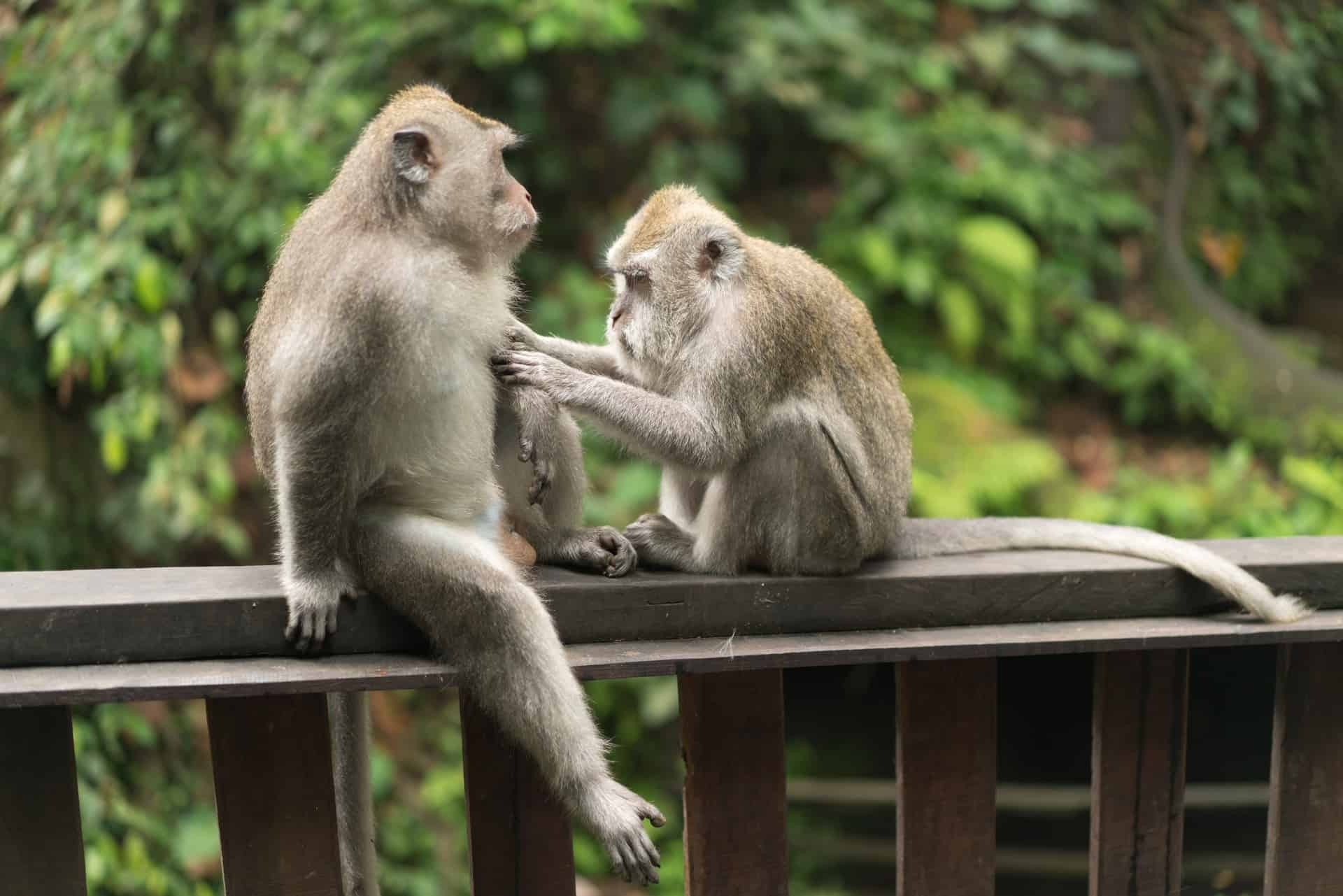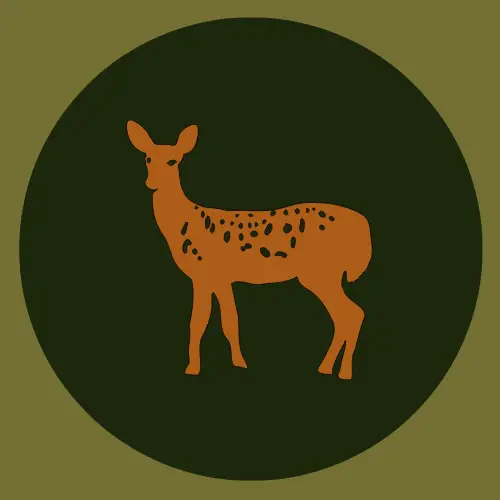Green Monkey: Facts, Habitat, Behaviors, Interesting Facts and more

What is a Green Monkey?
The green monkey is also known as Chlorocebus Sabaeus. They are medium-sized monkeys with thick golden fur, long tails, a length of 1 to 1.6 feet, and weights between 3.5 and 8 kg. They have a green tint, and that’s how they got their name. They are a native West African species but can also be found in Caribbean countries. They are medium-sized monkeys with golden, thick fur, a long tail, hairless, dark blue facial skin, and a green fur tint. They are highly social monkeys who prefer to live in groups and are popular because of their intelligence. They alert other monkeys about predators both vocally and non-vocally. They are not endangered species, but their population can get low soon due to continuous hunting, trapping, and habitat destruction. In Carrabian, they are considered pest monkeys due to their eating choices, and their population has become low.
Profile
| Zoological Name | Chlorocebus |
| Family | Cercopithecidae |
| Areas | West Africa |
| Category | Primates |
| Length | Between 0.984 and 1.97 ft |
| Age | up to 31 years |
| Build | Lean, muscular, with strong limbs and dexterous hands |
| Ability | stereoscopic vision, excellent climb, and adaptability |
Where are green monkeys found?
They are found exclusively in their native countries of West Africa, which range from Senegal to Ghana. They are also found in a few Caribbean countries, as in the year 1600, during slave trading, they were introduced to countries like St. Kitts, Nevis, and Barbados.
Habitat
Just like other primates, green monkeys prefer environmental conditions but can easily adapt to new environments and survive in a vast variety of habitats, from moist rainforests to dry savannas. But they try to avoid dense and wet forests. They are primarily found in Africa near rivers, plantations, and cultivated areas, especially in places that are characterized by a combination of tall trees, grasses, and low foliage to thrive and stay protected from predators. After habitat destruction and deforestation, they have now migrated to a variety of habitats.
Should you keep a Green monkey as a pet?
The green monkey can be kept as a pet as they have a friendly nature, but you need to check the laws of your country first. In some places, it is illegal to keep them as pets. Where it’s legal, it still requires a permit to keep them. They thrive in large groups, so you would need to keep a troop of them. They also need ample space and cannot be left to roam in the backyard, as there are chances of theft there. It is also important to note that they carry parasites and zoonotic diseases that can be deadly to humans, especially if they scratch or bite.
What do green monkeys eat?
They are omnivores, and their food items depend on the season and location. They mostly eat a variety of fruits, roots, flowers, grass, leaves, and seeds. But they also eat insects, eggs, lizards, birds, scorpions, millipedes, fungi, vegetables, and more as a supplement.
Green monkey virus
There are many green monkey viruses that get transmitted to humans, such as monkeypox, Marburg virus, Zika virus, yellow fever, Simian Immunodeficiency Virus (SIV), and more.
Green Monkey Lifespan
They can live up to 30 years in good care in captivity and up to 27 years in the wild.
Why are green monkeys so expensive?
Often, people get confused with the prices of green money because there is also a breed of horse called the green monkey horse. However, the green monkeys (actual monkeys) are expensive to buy and care for. They have specific dietary and housing needs. Also, they need companionship and mental stimulation. In captivity, they develop diabetes, and the vet charges are hefty too.
Economic value
Green monkeys are in high demand because of their extensive use in biomedical research and education. Advances in HIV/AIDS effects are the result of experiments, mainly on them. In Africa, they do not come into contact with humans much, and their population has expanded in places where natural predators (leopards, pythons, martial eagles, and humans) are less numerous
Are green monkeys dangerous?
Green monkeys can be dangerous, as they have the potential to transmit a number of deadly diseases to humans. It is important to take all precautionary measures before contacting them, working with them, or living around them to prevent the transmission of any disease. It’s highly important to practice proper hygiene, especially if you keep them as pets. If you are experiencing any symptoms after coming into contact with this animal, you should seek medical attention without delay.
They are also destructive to valuable crops. Their attacks are extremely rare in the wild, but they do get aggressive sometimes, mainly due to poor husbandry and handling. So if you trouble them, they will bother you.

